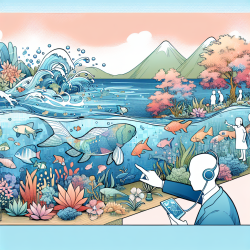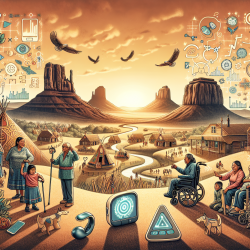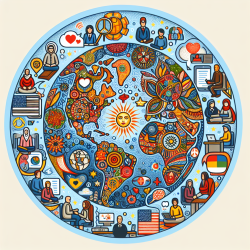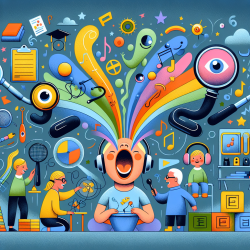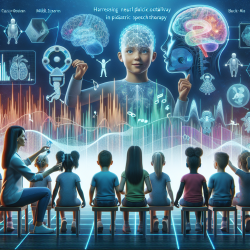Introduction
In the realm of environmental science, the management of water quality is crucial for maintaining the health of aquatic ecosystems. The recent study titled "Resilient water quality management: Insights from Japan's environmental quality standards for conserving aquatic life framework" provides a comprehensive analysis of Japan's approach to water quality management. This blog aims to explore how practitioners can leverage these insights to enhance their skills and encourage further research.
Key Insights from Japan's EQS-CAL Framework
Japan's Environmental Quality Standards for the Conservation of Aquatic Life (EQS-CAL) is a robust framework designed to protect aquatic ecosystems. The framework is based on a five-step method for deriving aquatic life water quality criteria (ALWQC), which includes:
- Classifying six types of aquatic organisms based on adaptability to habitat conditions.
- Using a risk-based chemical screening system for three groups of chemical pollutants.
- Recommending a method for determining ALWQC values based on the most sensitive life stage of the most sensitive species.
- Applying site-specific implementation mechanisms through Plan-Do-Check-Act loops.
These insights offer a scientific reference for other jurisdictions to develop more resilient ALWQC systems.
Implications for Practitioners
Practitioners in the field of speech language pathology, particularly those involved in online therapy services like TinyEYE, can draw parallels from Japan's framework. Just as the EQS-CAL framework emphasizes data-driven decisions and adaptability, practitioners can apply similar principles to therapy sessions. By using data to tailor therapy plans to individual needs and continuously assessing and adjusting strategies, practitioners can enhance therapy outcomes for children.
Encouraging Further Research
The study highlights the importance of ongoing research and adaptation in environmental management. Practitioners are encouraged to delve deeper into the methodologies used in the EQS-CAL framework and consider how these can be applied to improve therapy practices. Continuous learning and adaptation are key to achieving optimal outcomes in both environmental management and therapy services.
To read the original research paper, please follow this link: Resilient water quality management: Insights from Japan's environmental quality standards for conserving aquatic life framework.
